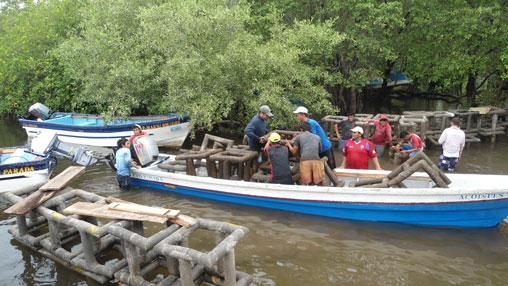Challenge
By 2005, most lands under the Natural Protected Areas System were still “paper parks” with an inadequate legal framework or physical protection and no managed buffer zones. Only a fraction was legally declared and demarcated. The institutional structure governing these lands was confusing and even though the Ministry of Environment (MARN) was responsible for the entire system it had legal title to a mere 7,070 hectares. The quality and type of environmental goods and services, biodiversity resources as well as the number of human settlements were not well known, complicating their management and prioritization.
Refinement of the National Strategy for the Natural Protected Areas System, definition of priorities and greater stakeholder consensus on this strategy and on conservation, were essential. The Ministry of Environment lacked the legal tools to manage and consolidate the Natural Protected Areas System, to address the sensitive issue of human settlements in protected areas, and to clarify land tenure and resolve invasions of state-owned, unoccupied lands.
A methodology was needed to identify illegal and legal settlements within protected areas and regularize the latter. Finally, the Ministry’s acute resource limitations threatened its ability to consolidate the Natural Protected Areas System.
Solution
The project’s two main activity streams were inter-dependent, the idea being that delimitation, demarcation, implementation of management plans and regularization of park residents, would feed into innovative legal, policy, and strategic goals and instruments essential to the Natural Protected Areas System’s long-term sustainability.
The project was to be partially blended with the second phase of the Bank-supported Land Administration Project whose massive collection of land-related data would constitute a foundation for large-scale conservation including the consolidation of protected areas, and development of a strategy for addressing irregular settlement within them.
The project was also highly innovative in seeking to demonstrate the viability of protected areas’ residents continuing to live productively within areas subject to environmental conservation and restriction while assuming a direct role in conservation.




